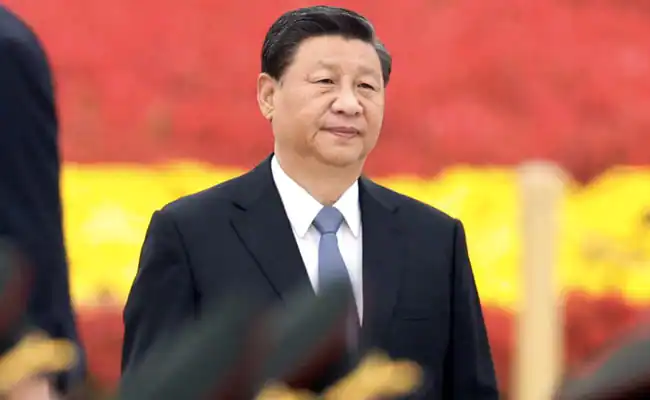China has doled out tens of billions of dollars in secretive “emergency loans” to countries at risk of financial crises in recent years, turning Beijing into a formidable competitor of the western-led IMF. The bailouts represent a pivot from the huge infrastructure loans China has extended over nearly a decade as part of its $838bn Belt and Road Initiative, a programme that made it the world’s biggest financer of public works, eclipsing the World Bank. Three of the largest recipients of China’s rescue lending have been Pakistan, Sri Lanka and Argentina, which together have received $32.83bn since 2017, according to data compiled by AidData, a research lab at William & Mary, a university in the US.
Other countries receiving rescue lending from Chinese state institutions included Kenya, Venezuela, Ecuador, Angola, Laos, Suriname, Belarus, Egypt, Mongolia and Ukraine, according to AidData, which did not provide details for these countries. “Beijing has tried to keep these countries afloat by providing emergency loan after emergency loan without asking its borrowers to restore economic policy discipline or pursue debt relief through a co-ordinated restructuring process with all major creditors,” said Bradley Parks, AidData executive director.
The research lab maintains the world’s most comprehensive database on China’s global financing activities, largely compiled from information from recipient countries. The data set includes thousands of loans from more than 300 Chinese government institutions and state-owned entities to 165 low- and middle-income countries. Incomplete rail tracks for the Standard Gauge Railway line lie on the ground near Duka Moja, Kenya, one of the countries receiving rescue funds from Chinese state institutions.
Unlike the IMF, which announces the details of its credit lines, debt relief and restructuring programmes to debtor countries, China operates largely in secret. Analysts said in most cases, the objective of its emergency lending is to prevent defaults on infrastructure loans extended under the Belt and Road Initiative. More broadly, the lending seeks to ward off balance of payments problems that can develop into full-blown crises such as those endured by Asian countries in 1997 and Latin America in the 1980s. The IMF’s austere prescriptions in the aftermath of the Asian crisis were deeply unpopular, reinforcing a backlash that persists to this day. “This isn’t about any particular loan or country . . .
They want to have the ear of governments where raw materials are located, or large markets, or strategic ports, or where there is access to shipping lanes,” said Sean Cairncross, former chief executive of the Millennium Challenge Corporation, a US government foreign aid agency. “It is a way to narrow the strategic options for the US and for the west, in terms of access and influence globally.” Commentators said China’s rescue lending risked exacerbating the problems of debt distressed countries.
“I see these as a major impediment to crisis resolution,” said Gabriel Sterne, a former senior IMF economist now at Oxford Economics who argued that Sri Lanka’s current financial meltdown demonstrates that Beijing’s support is sometimes insufficient. “The suspicion is that countries seek out the loan to avoid going to the IMF, which demands painful reform,” Sterne added. “There may be circumstances in which the gamble for redemption works, but generally — as in the Sri Lankan case — it just makes the adjustment more painful when it actually happens.” Parks also said China’s approach often “postpones the day of reckoning”.
Recommended News in-depthBangladesh Bangladesh’s finance minister warns on Belt and Road loans from China “When Beijing acts as an alternative lender of last resort and bails out a distressed sovereign without requiring economic policy discipline or pursuing a co-ordinated debt rescheduling with major creditors, it effectively kicks the can down the road and leaves it to others to solve the underlying solvency problem,” he said.
A study of the individual loans provided by Chinese financial institutions since 2017 to Pakistan, a key participant in the Belt and Road Initiative, shows a drip-feed of support in the form of loans from state-owned banks and SAFE, the agency that controls Beijing’s $3tn stash of foreign exchange reserves. The terms on such loans are far from concessionary, often building in a margin of about 3 per cent above benchmark funding costs. In addition to these loans, the People’s Bank of China, the central bank, has a currency swap agreement with its Pakistan counterpart that allows Islamabad to draw down funds when it needs them, the AidData records show. The PBoC has declined to comment.

